

Josh Nevett
2025 Kia Tasman review
28 Days Ago
Isuzu Ute Australia wants at least 10 per cent share for its new workhorse, with most of the gains expected to come from its more sophisticated, safer new 4x4 flagship versions.

Senior Contributor
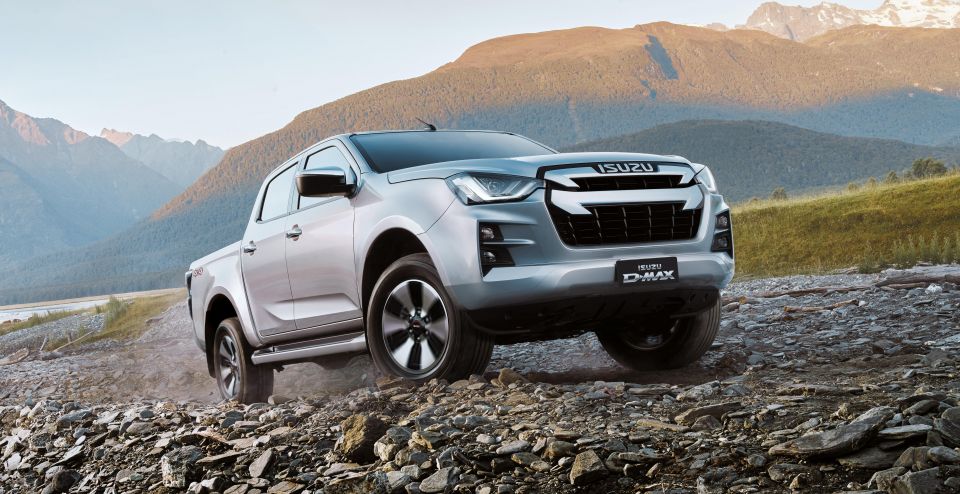

Senior Contributor
Isuzu Ute Australia expects the new D-Max ute to grow its market share to a “conservative” 10 per cent, and to hopefully pinch more sales from the top-ranked Toyota HiLux and Ford Ranger.
The third-generation model moves upmarket over its no-frills predecessor.
It retains a 3.0-litre diesel engine (now quieter and more powerful) but gets more comfort features, active safety technology, modern infotainment, and off-road friendly additions like a rear differential lock and higher intake point.
Australia is the brand’s biggest export market, and the second country to get stock of the new D-Max after its Thai domestic base.
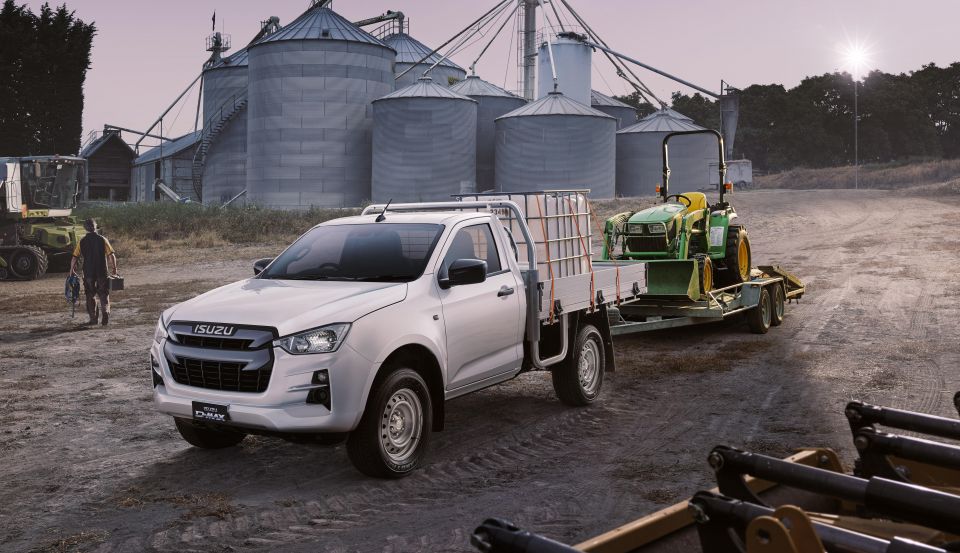
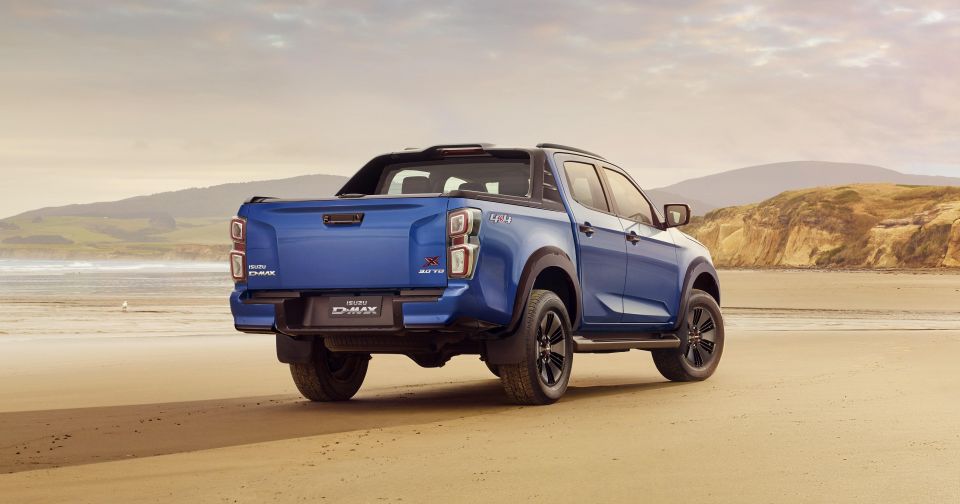
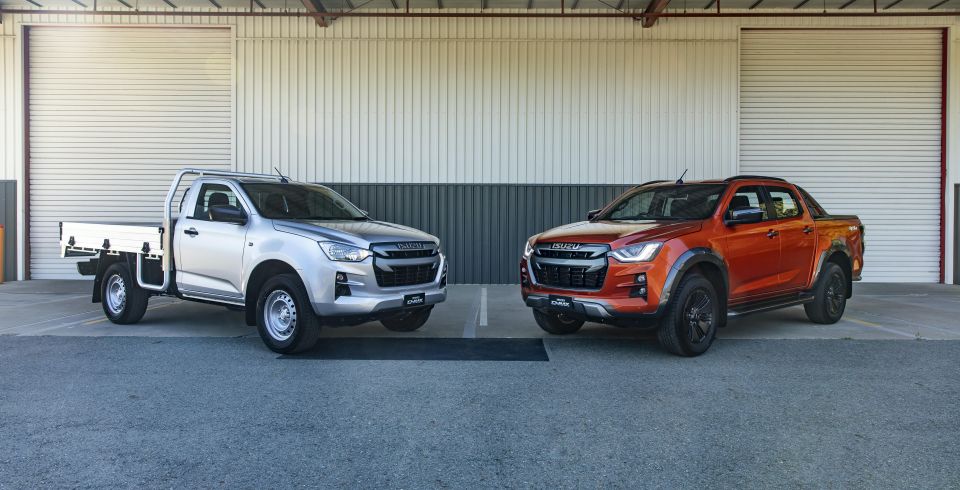
The brand says many of the upgrades, developed over six years and the equivalence of 4 million kilometres of testing, were developed in response to local feedback and criticism.
“10 per cent is our market share objective…. [but] that might be quite conservative considering the feedback we’ve already had from the fleet and private markets,” Isuzu Ute Australia said.
How does this compare to previous years’ efforts? The second -generation D-Max went on sale locally in the middle of 2012.
We’ve crunched the numbers from between 2013 and 2019, and added in 2020’s year-to-date numbers at the end.
Isuzu D-Max 4×2 and 4×4 combined market share by year:
| Share (%) | Sales | |
|---|---|---|
| 2020 | 7.1 | 7311 |
| 2019 | 8.4 | 16,892 |
| 2018 | 8.8 | 18,550 |
| 2017 | 8.5 | 17,717 |
| 2016 | 8.6 | 16,359 |
| 2015 | 8.4 | 14,640 |
| 2014 | 6.9 | 12,049 |
| 2013 | 5.5 | 10,089 |
As you can see, the D-Max in its current iteration averaged combined market share of between 8.4 and 8.8 per cent between 2015 and 2019, with a dip this year coming as stock dried up ahead of the new model.
By contrast, over the past few years the Mitsubishi Triton has averaged between 12 and 13 per cent, the Ranger 20 per cent, and the HiLux 24 per cent.
For years, Isuzu Ute has been far stronger among buyers after a basic urban work truck, with 4×2 ute market share sitting between 11.5 and 15.6 per cent since 2016.
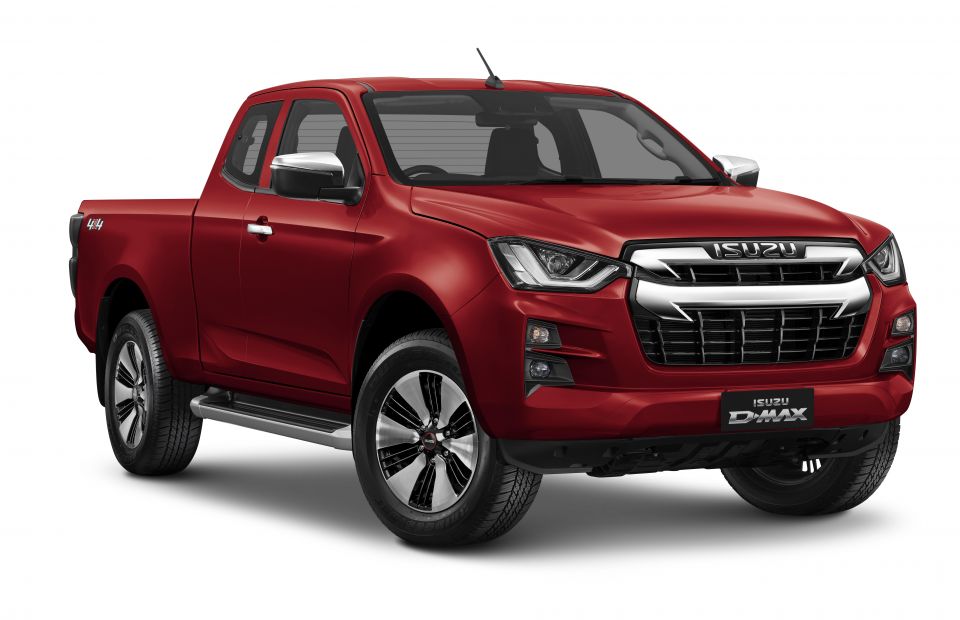
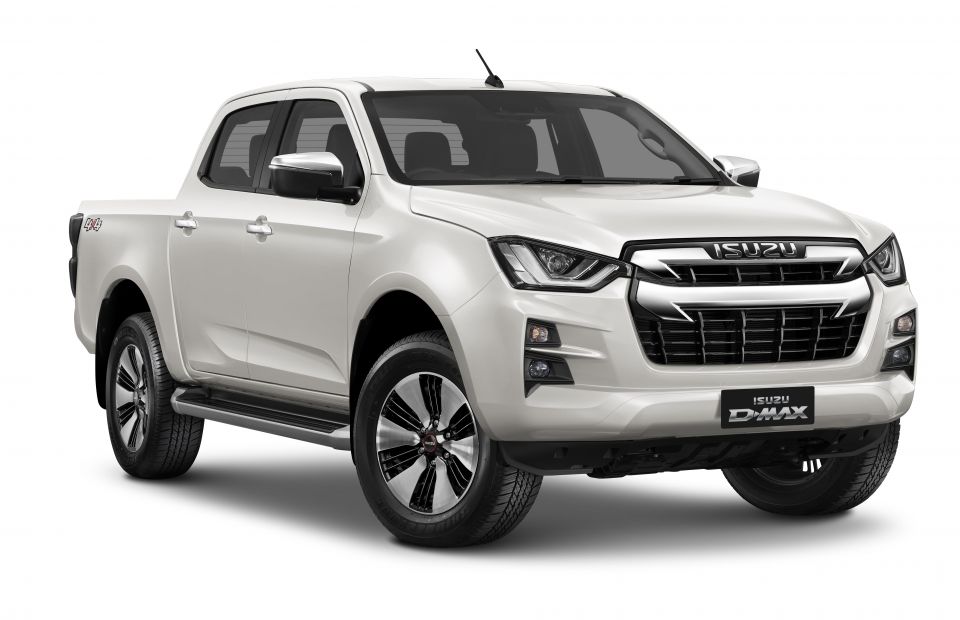

By contrast its 4×4 market share has sat between 7.0 and 8.4 per cent, about one-third the 4×4 share of the top-selling Ranger and HiLux 4x4s, and about 40 per cent lower than the Triton.
So if Isuzu wants to ramp up its collective market share into the double digits, it’ll need to make more of a dent on the higher-profit, and more aspirational 4×4 market, home to ‘lifestyle’ dual-cabs like the Ranger Raptor/Wildtrak, HiLux Rogue/SR5, and Nissan Navara Warrior.
On one hand, with the Holden Colorado (8.7 per cent combined market share in 2019) and Mercedes-Benz X-Class now retired, there are fewer competitors fighting for share.
On the other, China’s LDV and Great Wall are looking to make inroads, there’s the D-Max’s new platform-mate in Mazda’s BT-50 launching soon, and a heavily updated Toyota HiLux to contend with.
MORE: Every new ute coming to Australia
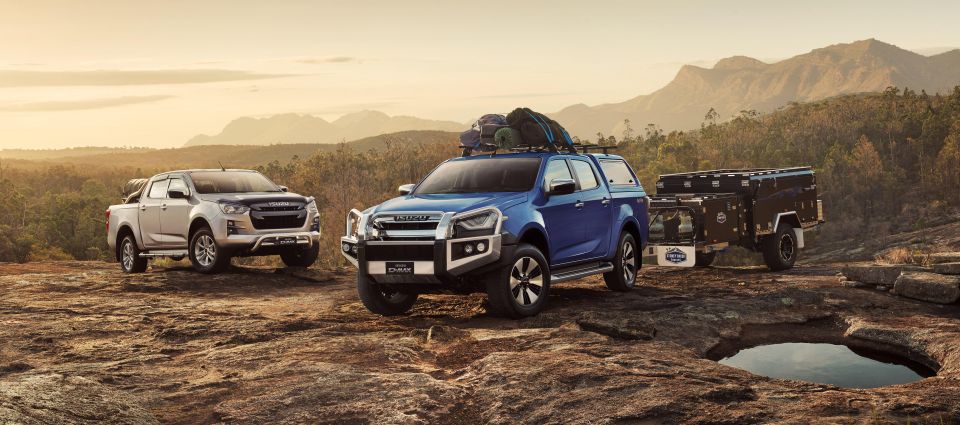
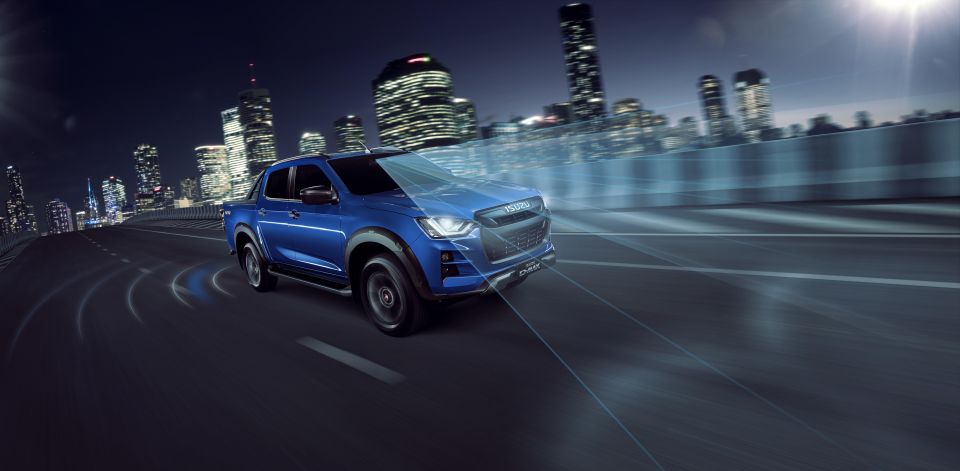
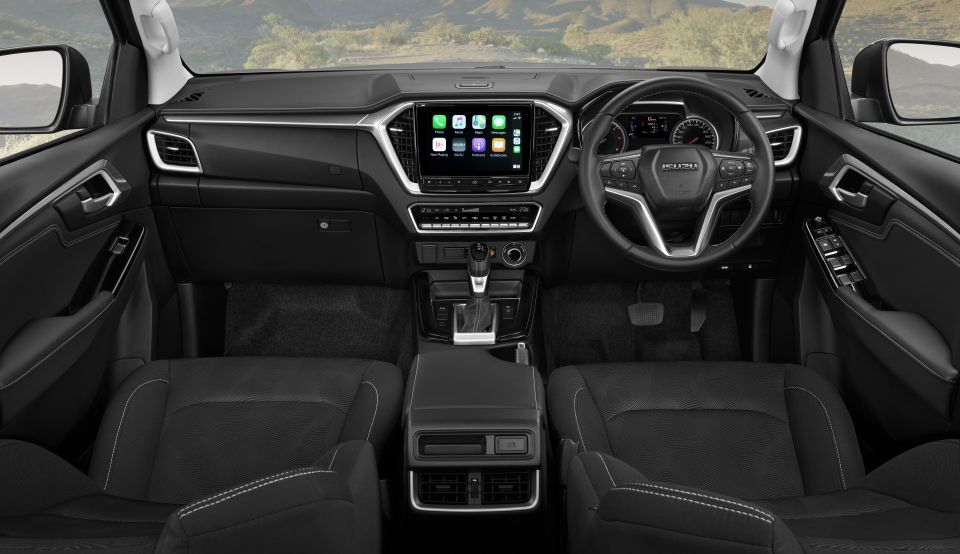
You can read more details on the new D-Max here, but in summary the pricing kicks off at $29,990 drive-away for the high-riding 4×4 cab chassis SX, and tops out at $58,990 drive-away for the new X-Terrain flagship model that’s designed to tackle the Wildtrak.
Reflecting the step upmarket, every grade gets Isuzu’s ‘IDAS’ safety system powered by a 3D stereo camera, which means all grades get AEB with cyclist and pedestrian detection, lane assist, active cruise control, driver attention assist, and rear cross-traffic alert.
All models also get electric power steering, eight airbags Apple CarPlay and Android Auto, DAB+, reach-adjustable steering wheel, rear vents, and seat lumbar adjustment.
Top grades get a 9.0-inch screen, digital trip readout, remote start, bucket seats, and leather-like cabin touch points.
Where expert car reviews meet expert car buying – CarExpert gives you trusted advice, personalised service and real savings on your next new car.


Josh Nevett
28 Days Ago
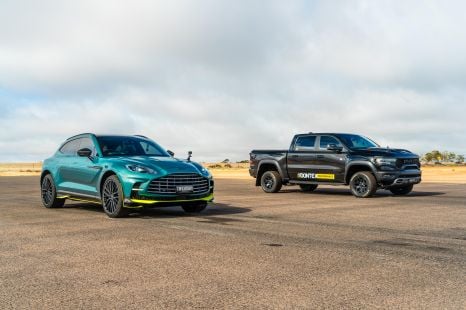

Paul Maric
28 Days Ago
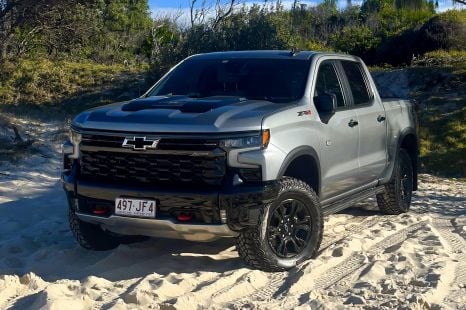

William Stopford
27 Days Ago


Paul Maric
15 Days Ago


Max Davies
9 Days Ago
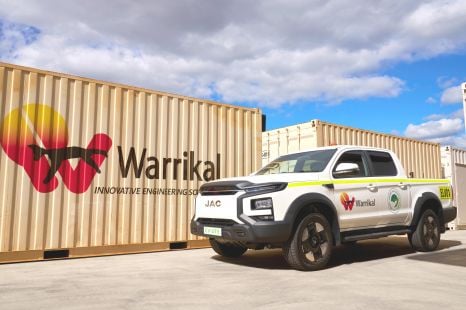

William Stopford
6 Days Ago